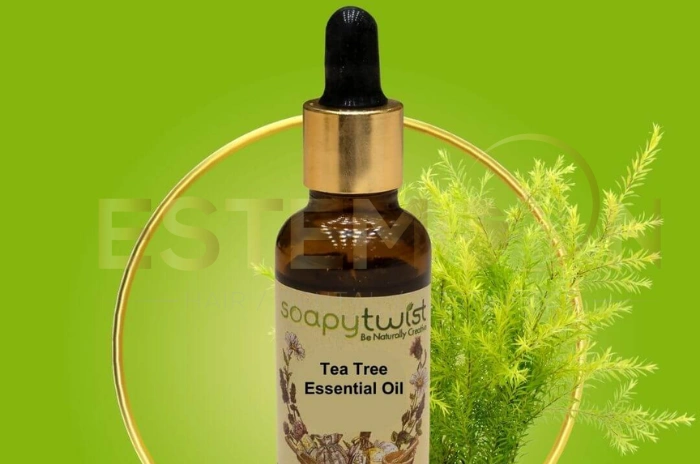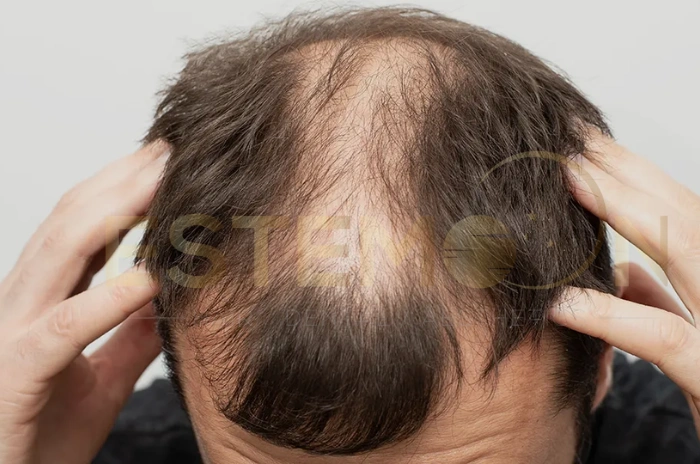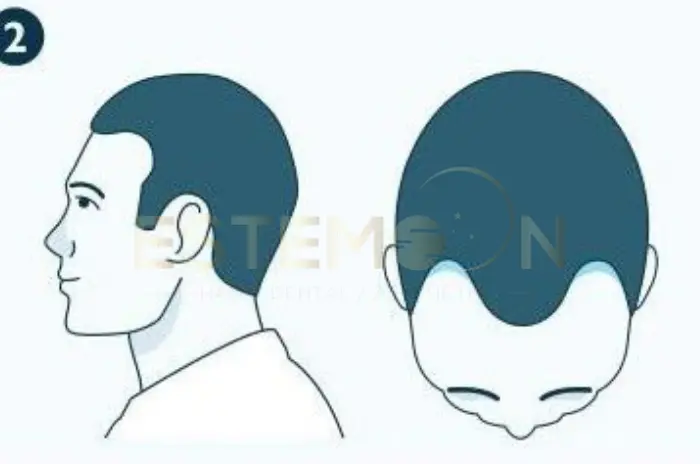Head lice infestations affect millions of people worldwide, particularly children in school settings. While chemical treatments remain common, many families are turning to natural alternatives like essential oils for lice prevention and treatment. Tea tree oil for lice has gained significant attention as a powerful, natural solution that offers both preventive and therapeutic benefits without the harsh side effects of conventional pesticides.
Essential oils provide a gentler approach to lice prevention while maintaining effectiveness against these persistent parasites. The antimicrobial and insecticidal properties of certain oils create an environment that lice find inhospitable, making them valuable tools in comprehensive head lice prevention strategies.
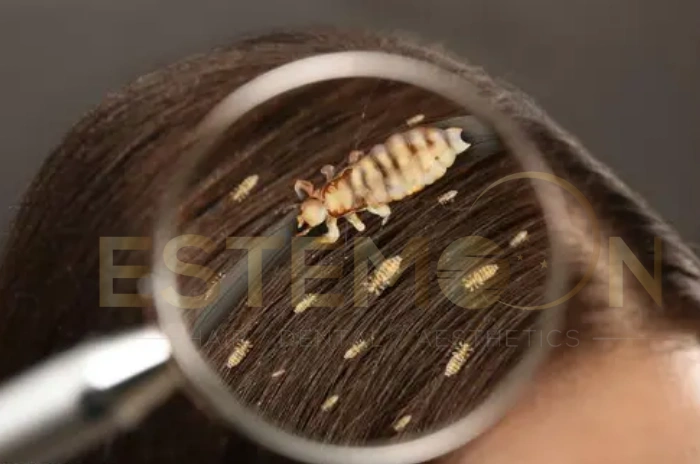
How essential oils work to prevent head lice
Essential oils lice treatments work through multiple mechanisms that target both adult lice and their eggs. The volatile compounds in these oils disrupt the nervous system of lice, causing paralysis and eventual death. Additionally, many natural lice remedies create a suffocating effect that prevents lice from breathing through their spiracles.
The strong aromatic properties of oils like tea tree oil lice treatments also act as natural repellents. Lice rely heavily on their sense of smell to locate suitable hosts, and potent essential oils can mask human scents that typically attract these parasites. This dual action makes essential oils particularly effective for both treatment and prevention.
Penetration and disruption mechanisms
Essential oils contain lipophilic compounds that can penetrate the waxy outer layer of lice exoskeletons. Once inside, these compounds interfere with cellular processes and neurological functions. Tea tree oil for lice contains terpinen-4-ol, which has demonstrated significant insecticidal activity against head lice in clinical studies.
The ovicidal properties of certain essential oils also help break the lice life cycle by affecting egg development. This comprehensive approach addresses both immediate infestations and prevents future generations from establishing.
Top essential oils for lice prevention and their benefits
Several essential oils have demonstrated remarkable effectiveness against head lice through scientific research and traditional use. Tea tree oil for lice remains the most studied and widely recommended option, with studies showing up to 100% mortality rates against lice within 30 minutes of application.
Lavender oil lice treatments offer dual benefits of lice control and scalp soothing properties. The gentle nature of lavender makes it suitable for sensitive skin while maintaining strong repellent effects. Research has shown that lavender oil can kill lice eggs and adult insects effectively.
Additional powerful essential oils
Peppermint oil lice treatments provide cooling sensations while delivering potent insecticidal effects. The menthol content creates an environment that lice cannot tolerate, making it excellent for lice prevention protocols.
Eucalyptus oil lice applications offer strong fumigant properties that can suffocate lice quickly. The cineole compound in eucalyptus oil disrupts lice respiratory systems effectively.
Rosemary oil lice treatments combine antimicrobial benefits with lice-killing properties. This versatile oil also promotes scalp health oils benefits while fighting infestations.
| Essential Oil | Primary Active Compound | Effectiveness Rate | Safety Rating |
|---|---|---|---|
| Tea Tree Oil | Terpinen-4-ol | 100% mortality | High |
| Lavender Oil | Linalool | 95% mortality | Very High |
| Peppermint Oil | Menthol | 92% mortality | Moderate |
| Eucalyptus Oil | Cineole | 90% mortality | Moderate |
| Rosemary Oil | Camphor | 88% mortality | High |
How to use peppermint oil for lice prevention
Peppermint oil lice prevention requires proper dilution and application techniques for safety and effectiveness. Never apply undiluted peppermint oil directly to the scalp, as it can cause severe irritation and sensitization reactions.
Create a preventive lice treatment spray by mixing 10-15 drops of peppermint oil with 100ml of water and 2 tablespoons of carrier oil like coconut or jojoba oil. Shake well before each use and spray onto hair before school or social activities.
Application methods for peppermint oil
For active treatment, combine peppermint oil with wet combing for lice techniques. Apply the diluted oil mixture to damp hair, ensuring complete coverage from roots to tips. Use a fine-toothed nit comb to remove dead lice and eggs while the oil treatment is active.
Smothering lice treatments with peppermint oil work best when left on hair for 30-60 minutes under a shower cap. The extended contact time ensures maximum penetration and effectiveness against all life stages of lice.
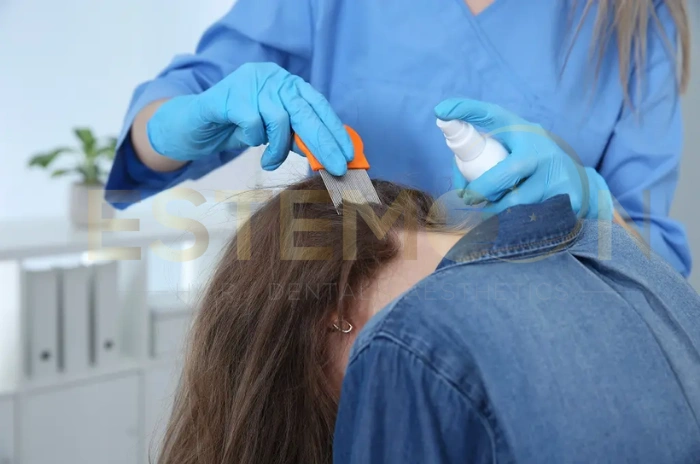
Tea Tree Oil Strength for Lice Treatment
The concentration of tea tree oil for lice treatment significantly impacts its effectiveness and safety profile. Clinical studies suggest that 10% tea tree oil solutions provide optimal results against head lice while minimizing skin irritation risks.
Pure tea tree oil contains 30-40% terpinen-4-ol, the primary active compound responsible for its insecticidal properties. However, using undiluted oil can cause chemical burns and allergic reactions, making proper dilution essential for safe home remedies for head lice.
Optimal dilution ratios
For treatment purposes, mix 1 part tea tree oil with 9 parts carrier oil to achieve a safe 10% concentration. Popular carrier oils include coconut oil, olive oil, and sweet almond oil, all of which provide additional suffocating lice benefits.
For prevention, a 2-5% dilution works effectively without causing irritation. This translates to 20-50 drops of tea tree oil per 100ml of carrier oil or shampoo base.
Safe Use of Tea Tree Oil for Lice
Tea tree oil lice treatments require careful attention to safety protocols, especially when used on children. Always perform a patch test 24 hours before full application to check for allergic reactions or skin sensitivities.
Avoid contact with eyes, ears, and mucous membranes during application. If accidental contact occurs, flush immediately with clean water and seek medical attention if irritation persists.
Age-specific safety guidelines
Children under 3 years should not receive tea tree oil treatments due to increased absorption rates and potential toxicity risks. For children 3-12 years, use only 2-5% dilutions under adult supervision.
Pregnant and breastfeeding women should consult healthcare providers before using head lice home remedies containing tea tree oil. While topical use is generally considered safe, individual sensitivities may vary.
What are the best essential oil blends against lice
Combining multiple essential oils creates synergistic effects that enhance overall effectiveness against lice infestations. Lemongrass oil lice treatments blend excellently with tea tree and lavender oils for comprehensive coverage.
Thyme oil lice applications work particularly well when combined with gentler oils like lavender to balance potency with skin safety. The thymol content in thyme oil provides powerful insecticidal effects.
Effective combination recipes
A popular three-oil blend combines equal parts tea tree, lavender, and geranium oil lice treatments in a carrier oil base. This mixture provides broad-spectrum activity while maintaining pleasant aromatics.
For stubborn infestations, combine tea tree oil with peppermint and eucalyptus oils for maximum suffocating lice effects. This potent blend should be used for shorter contact times to prevent irritation.
Professional blend recipe:
- Tea tree oil: 30 drops
- Lavender oil: 20 drops
- Peppermint oil: 15 drops
- Carrier oil: 200ml
- Essential oil emulsifier: 1 tablespoon
FAQs About Tea Tree Oil for Lice Top Essential Oils Guide
How do essential oils prevent a lice infestation?
Essential oils for lice create hostile environments through aromatic compounds that repel lice and disrupt their ability to locate hosts.
What are the best essential oils for prevention?
Tea tree oil for lice, lavender, peppermint, and eucalyptus oils offer the strongest preventive effects with proven clinical results.
How can you safely use essential oils on hair?
Always dilute essential oils in carrier oils, perform patch tests, and avoid contact with eyes and sensitive areas during application.
What carrier oils should be used for safety?
Coconut oil, jojoba oil, and sweet almond oil provide excellent dilution bases while offering additional smothering lice treatments benefits.
Follow us on social media for updates, tips, and patient success stories:

